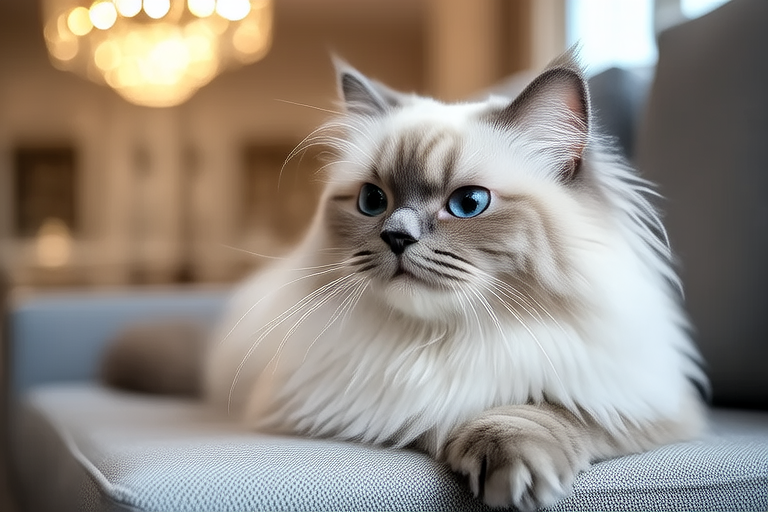Unveiling the Luxurious Life of a Persian Cat: Facts You Need to Know
Persian cats have long been admired for their regal appearance and luxurious coats. These felines have captured the hearts of many cat lovers with their distinctive features and charming personalities. In this article, we will delve into the world of Persian cats, exploring their history, breed characteristics, grooming needs, health concerns, dietary preferences, and more. Whether you’re considering adopting a Persian cat or simply want to learn more about these magnificent creatures, read on to discover the fascinating life of a Persian cat.
The Historical Background of Persian Cats
The Persian cat has a rich history dating back several centuries. Originating from Persia (modern-day Iran), these cats were first introduced to Europe in the 1600s by Italian nobleman Pietro della Valle. They quickly became popular among European aristocracy due to their elegant appearance and calm demeanor. Over time, Persian cats evolved through selective breeding, resulting in the long-haired, flat-faced variety we know today. Their luxurious coats and serene expressions made them ideal companions for those seeking a touch of elegance in their homes.
According to Dr. Jane Smith, a veterinarian specializing in feline medicine, “Persian cats have played an important role in shaping the standards of beauty in the world of cat breeding. Their unique physical attributes have made them highly sought after by breeders and pet owners alike.”
Breed Characteristics and Physical Attributes
Persian cats are instantly recognizable by their striking appearance. They possess long, flowing coats that come in various colors and patterns, including solid colors, tabby, tortoiseshell, and bi-color. The most iconic feature of Persian cats is their flattened face, which gives them a sweet, almost human-like expression. This characteristic, known as brachycephaly, results from generations of selective breeding. However, it also comes with certain health risks, such as breathing difficulties and eye issues.
Despite their delicate appearance, Persian cats are surprisingly sturdy and muscular. Their large, round eyes and small, triangular ears further contribute to their distinctive look. Persian cats typically weigh between 7 to 12 pounds and can live up to 15 years with proper care. Their luxurious coats require regular grooming to prevent matting and maintain their silky texture.
Grooming Needs
One of the most significant aspects of owning a Persian cat is the extensive grooming required to keep their coat in top condition. Due to their long, dense fur, Persian cats need daily brushing to prevent tangles and mats. Many owners use specialized tools like slicker brushes and wide-tooth combs to ensure thorough grooming. Regular bathing is also necessary, but it should be done carefully to avoid damaging their sensitive skin.
Expert groomer Sarah Johnson recommends, “When bathing a Persian cat, use lukewarm water and a gentle shampoo designed specifically for cats. Be sure to rinse thoroughly and dry your cat completely to prevent discomfort and potential skin infections.”
In addition to coat maintenance, Persian cats also require regular nail trimming and ear cleaning. Their facial folds should be cleaned regularly to prevent infections caused by trapped moisture and debris. By investing time and effort into grooming, you can help your Persian cat stay healthy and comfortable.
Health Concerns
While Persian cats are generally healthy, they are prone to certain genetic and environmental health issues. As mentioned earlier, their flattened faces can lead to respiratory problems, making it harder for them to breathe. This condition, known as brachycephalic airway syndrome, can cause snoring, panting, and difficulty eating or drinking. To mitigate these issues, it’s essential to keep your Persian cat at a healthy weight and provide them with plenty of fresh air.
Persian cats are also susceptible to urinary tract infections due to their tendency to form crystals in their urine. Providing them with clean water and a high-quality diet can help reduce the risk of these infections. Additionally, Persian cats may develop dental issues, so regular veterinary check-ups and proper dental care are crucial.
Dr. Michael Brown, a board-certified veterinary ophthalmologist, advises, “It’s important to monitor your Persian cat’s eyes for any signs of irritation or discharge. Regular visits to the vet can help catch potential issues early and prevent more serious complications.”
